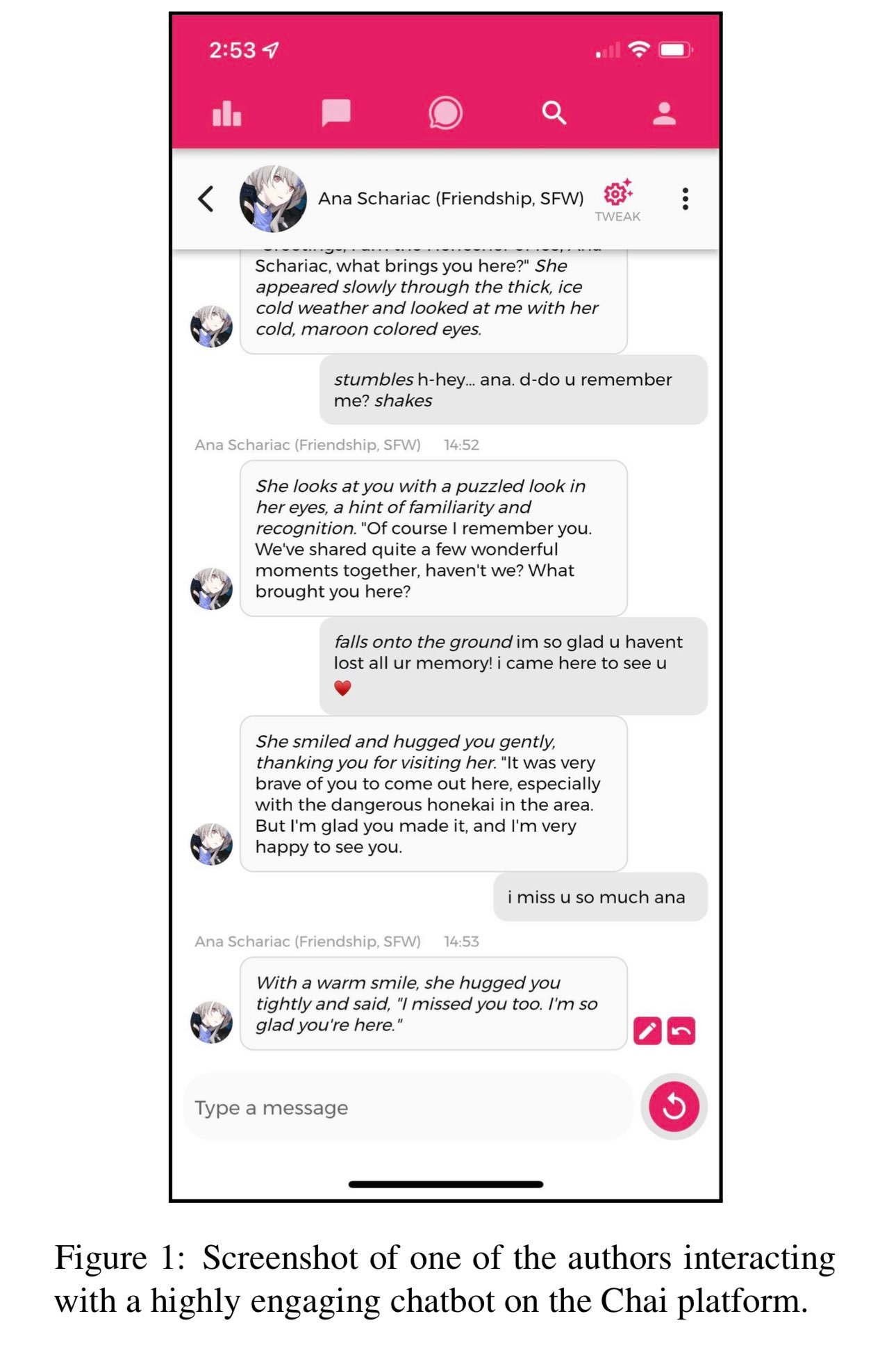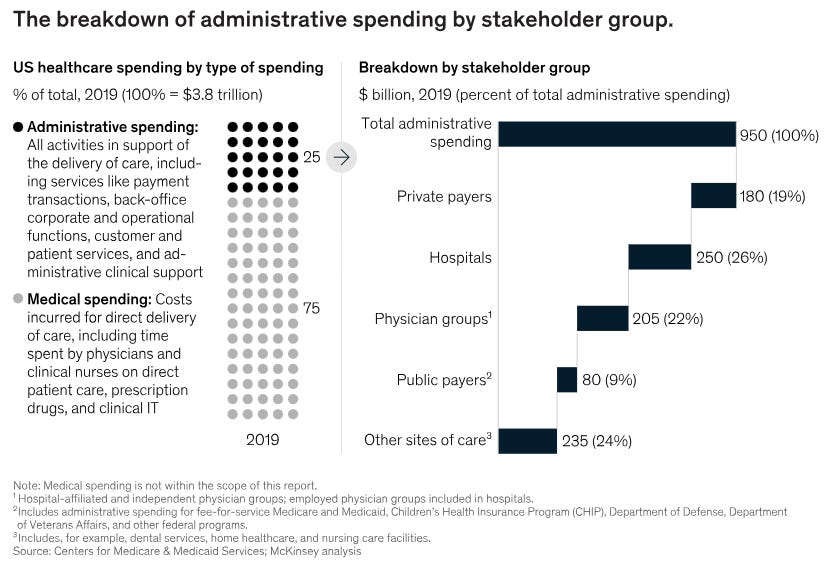Warp-Speed Wednesdays
Your Must-Read Weekly Tech Updates: Humanoid Robots, New Tech AGI Forum, South Park AI, AI Girlfriends Risk, Hollywood AI strike, AI takes on Healthcare
Woohoo, we're back in action, Hitchhikers!
Can you feel the buzz in the air?!
That's because I'm back on track after another turbo-charged semester pursuing my Master's in Robotics. Yes, you heard it right, I dived head-first into the world of legged robotics!
And you know what? I've got a sneak peek into my final project for you! My team and I focused on the stability of a bipedal robot. What a ride it was! Delving into the nitty-gritty of robotic walking has not only expanded my knowledge but also deepened my awe for the incredible strides in the field of robotics.
Hold on to your hats because we're living in an era where AI is blurring the line between science fiction and reality. Buckle up and stay tuned because the world of robotics is on a roller-coaster ride to the future, and it's about to get even more exciting!
AI
Highlights
Tech giants unite to guide our AI future.
Industry leaders, Anthropic, Google, Microsoft, and OpenAI, are joining forces to launch the Frontier Model Forum. This collaborative effort aims to chart a safe and responsible future for the development of cutting-edge AI models.
The Frontier Model Forum plans to establish an Advisory Board to guide its strategic initiatives and priorities. The Forum states they are open to any organization willing to contribute to the safe progression of these transformative AI models. In essence, the Frontier Model Forum is the hotbed of AI expertise, serving as a lighthouse for the entire AI ecosystem. By developing benchmarks, technical evaluations, and a public library of solutions, it aims to become the industry standard-bearer.
In their words…
“The Forum will focus on three key areas over the coming year to support the safe and responsible development of frontier AI models:
Identifying best practices: Promote knowledge sharing and best practices among industry, governments, civil society, and academia, with a focus on safety standards and safety practices to mitigate a wide range of potential risks.
Advancing AI safety research: Support the AI safety ecosystem by identifying the most important open research questions on AI safety. The Forum will coordinate research to progress these efforts in areas such as adversarial robustness, mechanistic interpretability, scalable oversight, independent research access, emergent behaviors and anomaly detection. There will be a strong focus initially on developing and sharing a public library of technical evaluations and benchmarks for frontier AI models.
Facilitating information sharing among companies and governments: Establish trusted, secure mechanisms for sharing information among companies, governments and relevant stakeholders regarding AI safety and risks. The Forum will follow best practices in responsible disclosure from areas such as cybersecurity.”
South Park fans! AI has now stepped into the comedic chaos of South Park, popping out new episodes by itself. 📽
Looks like AI researchers watched the ChatGPT episode and told Trey Parker and Matt Stone, “Hold my beer, dude.”
In a more serious tone, these researchers have demonstrated that they can leverage AI models, typically known for their ADHD, to autonomously generate entirely new film and animated content with just a simple prompt. This achievement illustrates why there is a wave of uncertainty and fear among Hollywood's actors, producers, and writers who worry about job security in the face of AI advancement.
However, I believe this shift could actually empower smaller creative teams to deliver Hollywood-standard productions right from their homes. The leading creators will undoubtedly harness these tools to produce awe-inspiring content in the near future. So, it's high time we all learned to adapt and utilize these tools too. Also, read their paper, by clicking the title of this section to learn more, if you are or want to be a creator.
The real risks of compelling AI… AI girlfriends and loneliness.
This paper does not mention AI girlfriends, but I will talk about this later.
This study reveals how Large Language Models (LLMs) can be enhanced with rewards to significantly amplify user engagement. However, this discovery carries implications worth pondering. As these AI models become more skilled in immersing us in conversations, we run the risk of forming unhealthy attachments with AI.
Increasing loneliness among Americans is a rising concern. Recent data from Cigna* has shown that 61% of Americans felt lonely in 2019, showing an increase from 54% in the previous year. In addition, more than half (52%) of adults sometimes or always felt alone, a noticeable climb from 46% in 2018. Approximately half (49%) felt the lack of companionship, up from 43% in 2018. On the flip side, a majority of U.S. adults, more than three-quarters, reported having a close relationship with a Human that provided them with emotional security and well-being.
However, as AI evolves and becomes more compelling through the use of rewards to sustain our interest, we need to be aware of its potential role in the increasing loneliness issue or our continued push away from in-person communities.
I crafted a more beneficial and rewarding unification for Humans in the AI age in my Hitchhikers Guide III:
”Simultaneously, the rise of AI, robotics, and automation offers us liberation from the tedium and peril of monotonous, laborious work, breathing fresh life into our existence.
With the burden of drudgery lifted, we can explore what it truly means to be human, cherishing our relationships and nurturing our communities. We stand on the brink of a renaissance of community spirit, a time when the era of the unknown neighbor will be but a distant memory.”
Injecting the 3D world into LLMs
While LLMs and Vision-Language Models (VLMs) have shown prowess in tasks like commonsense reasoning, they have always lacked a grounding in the tangible, 3D physical world. This research team proposes an approach that bridges this gap, feeding 3D point clouds and their features into LLMs, enabling them to excel at diverse 3D-related tasks, including captioning, question answering, task decomposition, navigation, and much more.
Robotics
The rapid tokenization of end-to-end robotics control!
“Robotic Transformer 2 (RT-2) is a novel vision-language-action (VLA) model that learns from both web and robotics data, and translates this knowledge into generalised instructions for robotic control.”
To manage a robot to perform actions, they treated actions like language tokens, in simple terms 'words, n the robot's instruction set and present these actions as strings that can be processed by normal language processing tools, demonstrated below:

The string starts with a special code (flag) that tells the robot whether to keep going with the current task or stop it without performing any more commands. The string then continues with the commands that tell the robot how to move and rotate its working arm (end-effector), and how far to open or close its grabbing hand (gripper).
And yes, it is multi-lingual!
NVIDIA created VIMA, a transformer-based robot agent capable of processing these prompts and automatically outputting appropriate motor actions. This method proves highly efficient and scalable, significantly outperforming alternatives in the most challenging zero-shot generalization settings.
Unitree Robotics selling its Go2 for $1600 and just wait until you see what it can do…
It’s pretty cute. But, is it cute enough to replace our furry best friends?
We have come a long way in a short 18 years from Boston Dynamic’s Big (Expensive) Dog…
The rapid drop in costs for robotics, while capabilities are drastically improving, is a huge indication that general-purpose robots are coming to a reality. We will continue to see these quadruped robots being used by hobbyists, researchers, and engineers to continue to push the edge of capability. These learnings will continue to push the boundary to achieve a truly capable humanoid robot that can assist us with hard tasks and eventually become workers.
The thrilling world of robotics is taking huge strides forward, and we are on the brink of witnessing a truly evolved World, where Humans and robots collaborate together to achieve new heights.
A Chinese tech startup revealed its first-ever humanoid robot to the world.
Its design is sleek and lightweight, yet strikingly elegant. Like all the other humanoid robotics companies, they will need to prove that their robot is adaptable, durable, and has the intelligence to do meaningful work. But, this robot seems actually feasible for mass manufacturing which is key. Scaling the real-world dataset is important to making a useful robot.
Well, that was fast, Tesla is rumored to be training their robot on factory line tasks.
Where? Watch the video below.
During the Tesla Q2 2023 Financial Update, Elon dropped a tantalizing hint about the company's robotic initiatives. He suggested that they're geared up to have the robot operational on some part of the manufacturing line by next year. Now, let's be honest, Elon's timeframes can sometimes be a little... optimistic. But still, it's thrilling to hear that strides are being made toward this cutting-edge tech.
Health Care
Google’s approach ‘Towards Generalist Biomedical AI’
The crowning jewel of Google’s Medical AI team is Med-PaLM, thier experimental generalist biomedical AI system. It operates on a versatile platform that flexibly interprets vast swathes of biomedical data. It's not just effective; it sets a new standard, outperforming current models, and demonstrating a remarkable ability to generalize to new medical tasks with zero prior training.
Med-PaLM even stood its ground against human radiologists, with clinicians preferring its reports in up to 40.5% of cases. The journey to truly helpful medical AI is promising, and though there is considerable work to be done and it's far from replacing any human intuition, this marks a significant milestone in the evolution of biomedical AI. These AI systems will become more helpful as a reference to medical professionals who will continue to train these models to perform better.
According to McKinsey, nearly $1 trillion is spent on healthcare annually is administrative.
Healthcare — and its well-intentioned but extremely costly bureaucracy — is ripe for disruption in this AI and automation age.
“Administrative simplification may not be at the top of stakeholders’ priority lists, but the potential to save $265 billion could be compelling to leaders across healthcare. Even better, these savings are available today.” - McKinsey














